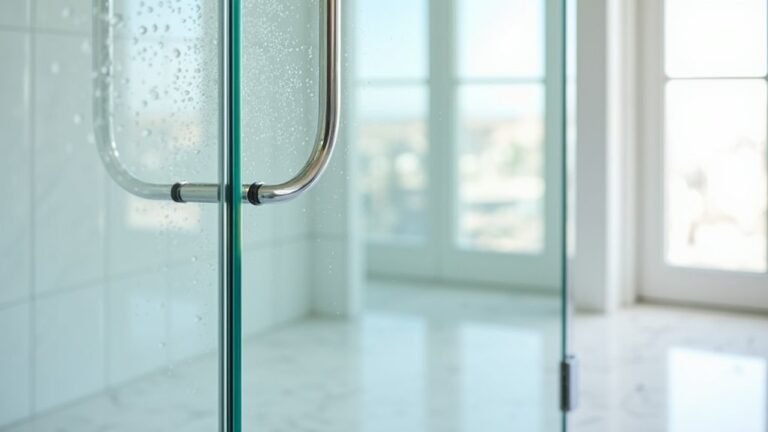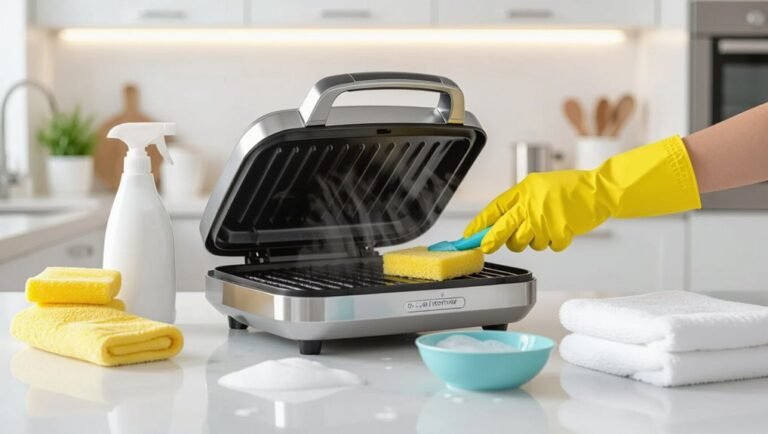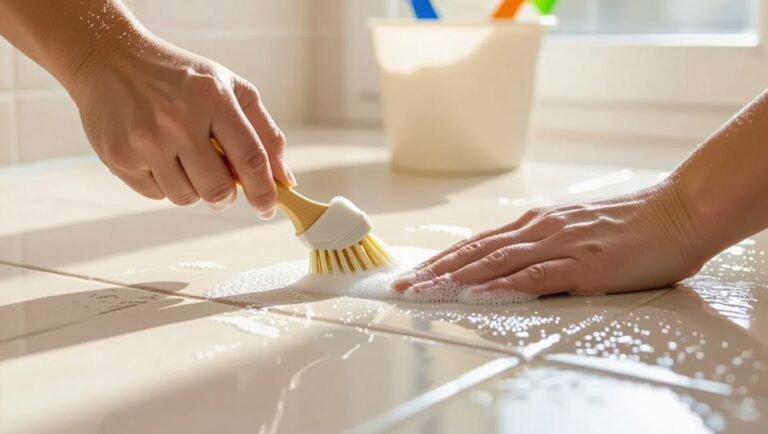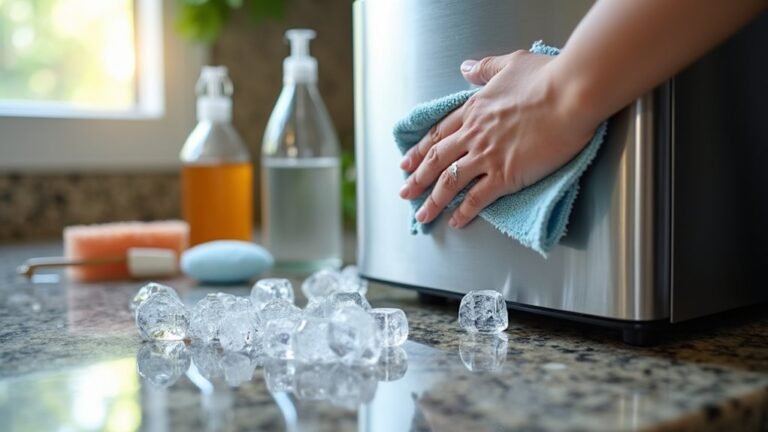Leather sofas are a cornerstone of many homes, offering comfort, style, and an enduring sense of quality. However, they’re not self-cleaning. Over time, dirt, spills, and even just everyday wear and tear can leave your beautiful leather looking dull, faded, or worse, damaged. Ignoring this buildup can lead to a multitude of problems, including surface stains that become incredibly difficult to remove, cracking, fading, and ultimately, a decrease in the lifespan of your sofa. This guide is designed for the novice, providing a clear, step-by-step approach to keeping your leather sofa looking its best – without requiring a professional.
Things to Do When Cleaning a Leather Sofa
Before you dive in, understanding the type of leather you have is crucial. Different leather types – aniline, semi-aniline, protected, and Nubuck – require different cleaning methods. Aniline leather, for example, is the most delicate and susceptible to staining, while protected leather is generally more durable. Identifying your leather is the first step. If you’re unsure, it’s always best to test your chosen cleaning solution on a small, inconspicuous area first to ensure it doesn’t damage the finish. Regular dusting and vacuuming are your best defenses against build-up, preventing more intensive cleaning needs.
What You’ll Need
Here’s what you’ll need:
- Microfiber Cloths: These are incredibly soft and absorbent – ideal for gentle cleaning.
- Distilled Water: Tap water can contain minerals that can leave residue.
- Mild Dish Soap (Unscented): A tiny amount is all you need. Avoid anything with dyes or harsh chemicals.
- Leather Conditioner: Essential for replenishing oils and preventing dryness.
- Spray Bottle: For applying cleaning solutions evenly.
Things to Avoid When Cleaning a Leather Sofa
The biggest mistake many people make is using harsh chemicals or abrasive cleaners. These can strip the leather of its natural oils, leading to cracking and discoloration. Similarly, excessive scrubbing can damage the surface fibers, resulting in a dull, uneven finish. Never use furniture polish designed for other materials – these are often formulated for plastics and can leave a sticky residue on leather. Avoid using excessive amounts of water, as leather can be sensitive to moisture. And, crucially, don’t use heat – hot water or direct sunlight can significantly accelerate the aging process of your leather.
What to Keep Away From Your Leather
Here’s what to keep away from your leather:
- Harsh Chemicals: Bleach, ammonia, acetone, and alcohol can permanently damage the leather.
- Abrasive Cleaners: Scrub brushes, scouring pads, and even rough cloths can scratch the surface.
- Excessive Water: Avoid soaking the leather; dampen the cloth, don’t saturate it.
- Direct Heat: Sunlight and heat sources can dry out and damage the leather.
- Furniture Polish (for leather): These products are designed for different materials.
Steps
Cleaning a leather sofa is not about heavy-duty scrubbing; it’s about gentle maintenance. Start with a light dusting to remove loose particles. For small spills, blot immediately with a clean, dry microfiber cloth. For general cleaning, mix a small amount of mild dish soap with distilled water – a ratio of 1 teaspoon of soap to 1 cup of water is usually sufficient. Apply the solution sparingly to a damp (not wet!) microfiber cloth and gently wipe down the surface in a circular motion. Follow with a clean, damp cloth to remove any soap residue. Finally, always condition the leather with a quality leather conditioner to restore its moisture and suppleness.
Here’s a breakdown of the steps:
- Dust the Sofa. Use a dry microfiber cloth to remove loose dirt and debris.
- Spot Treat Spills. Blot spills immediately with a clean, dry cloth.
- Prepare Cleaning Solution. Mix a small amount of mild dish soap with distilled water.
- Dampen Cloth. Lightly dampen a microfiber cloth with the cleaning solution. Wring out excess moisture.
- Gently Wipe. Apply the solution to the sofa’s surface in a circular motion.
- Remove Soap Residue. Use a clean, damp cloth to wipe away any remaining soap.
- Condition the Leather. Apply a leather conditioner according to the product instructions.
Final Thoughts
Maintaining a leather sofa is an investment in its longevity and appearance. The key is to approach cleaning with patience and a gentle touch. Regular dusting, prompt spill treatment, and occasional cleaning with a mild solution – combined with periodic conditioning – can go a long way in preserving your sofa’s beauty. Remember, leather is a natural material and needs to be cared for appropriately. Don’t attempt overly aggressive cleaning methods, and always err on the side of caution when choosing cleaning products. By following these guidelines, you can keep your leather sofa looking luxurious and comfortable for years to come.
Don’t be intimidated – leather cleaning doesn’t need to be complicated. Take the time to learn the basics, and you’ll be rewarded with a beautifully maintained sofa.






